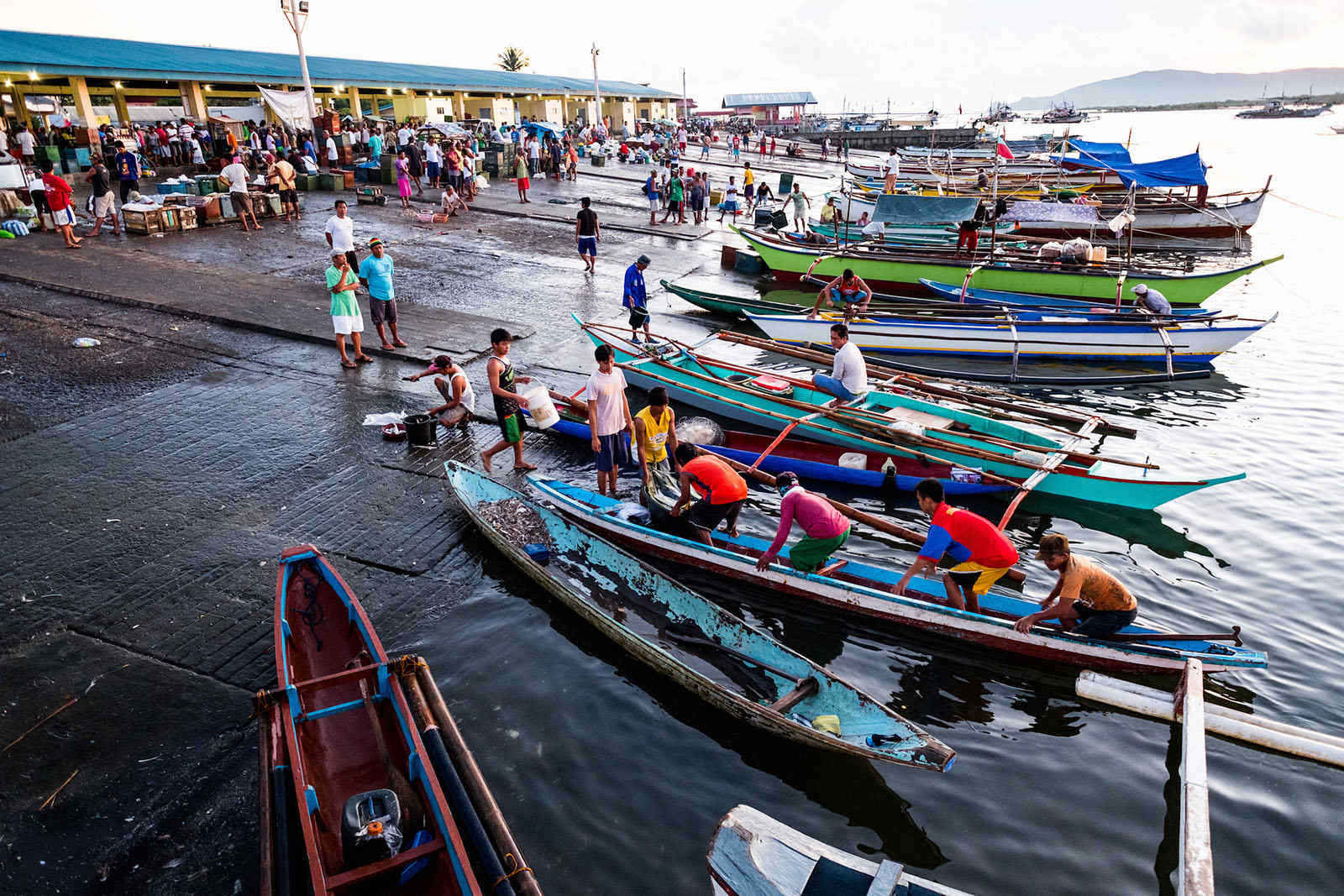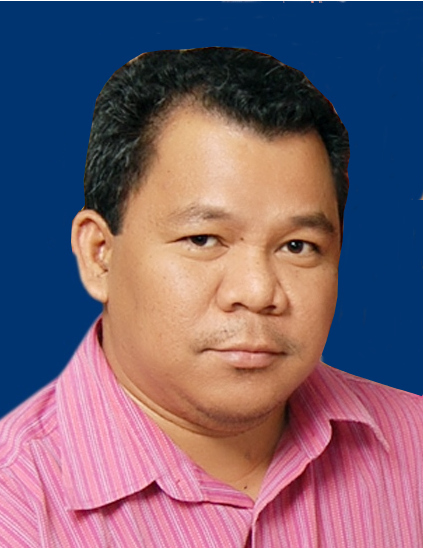

In his small, wind-propelled boat, hook-and-line fisher Roberto Goopio used to fish in the waters of San Remigio town in the province of Cebu in the 1970s, coming back after one hour with more than 10 kilos. The fish catch was enough to feed his family and make some money from selling to neighbors.
To catch the same amount these days, he would have to invest in expensive fishing gear and boats, and fish for longer periods of time. This is why Goopio has shifted to fish trading instead.
Down the coast in the municipality of Badian, fellow fisher Cardo Limbaga shares recollections from elderly townmates who have been fishing for more than 50 years and said that they used to catch more than 20 kilos daily. Nowadays, they are lucky if they can catch 5 kilos from fishing the whole day.
The decline in fish catch over the last 40 years has created a burden on the lives of municipal fishers. Roberto and Cardo are just two of the 1.8 million small-scale fishers who belong to one of the most marginalized sectors of Philippine society. They earn less and are often in conflict with other fishers sharing the same fishing grounds, and some are forced to shift to other means of livelihood to survive. (READ: [OPINION]: Sea change for small-scale fishers)
Many Filipinos are dependent on fish as the primary source of protein in their diet. In 2014, the country's fishery profile showed that 57% of our protein comes from marine products. Significantly, almost 50% of the seafood we eat comes from the wild. With a higher population exerting high demand for fish, there is tremendous pressure on our marine resources, resulting in dwindling fish stocks. Destructive human activities and climate-related disasters have tipped our marine ecological balance to a point where urgent measures are needed to prevent a food security crisis. (READ: How food insecurity threatens us)
Good governance in coastal communities
In recent decades, various programs have attempted to address the challenges in our declining fisheries. These include the rehabilitation of destroyed habitats, setting up Marine Protected Areas to replenish fish stocks, and improving the enforcement of fishery laws. (READ: Every Filipino has a role: Taking care of our oceans and seas)
While national government agencies often spearhead these programs, it is the local government units (LGUs) that are mandated to work with coastal communities to implement them. Together, local officials and fishers work to find solutions that can stop the decline in fisheries. Some initiatives that have been enacted include a closed season on prized species such as sardines and rabbitfish to allow their populations to bounce back, licensing of fishing gear and boats, and monitoring of fishing vessels.
Building the capacity of LGUs to manage their fisheries effectively is necessary for the recovery of their marine resources. It is worthwhile to note that in the last decade, most LGUs have realized that investing time and resources in fisheries management has slowly led to an increase in fish catch.
By understanding fish biology and ecology, strategic programs can reduce fishing effort while conserving marine resources. As we mark World Food Day on October 16, it is important to remember that in securing our fisheries – one of our primary sources of food – we also ensure food security in the country. – Rappler.com
Rizaller Amolo is a senior manager and coastal resource specialist for the Philippine office of the international conservation organization Rare, which promotes responsible fishing behavior within municipal waters. For more information, visit www.rare.org/philippines.